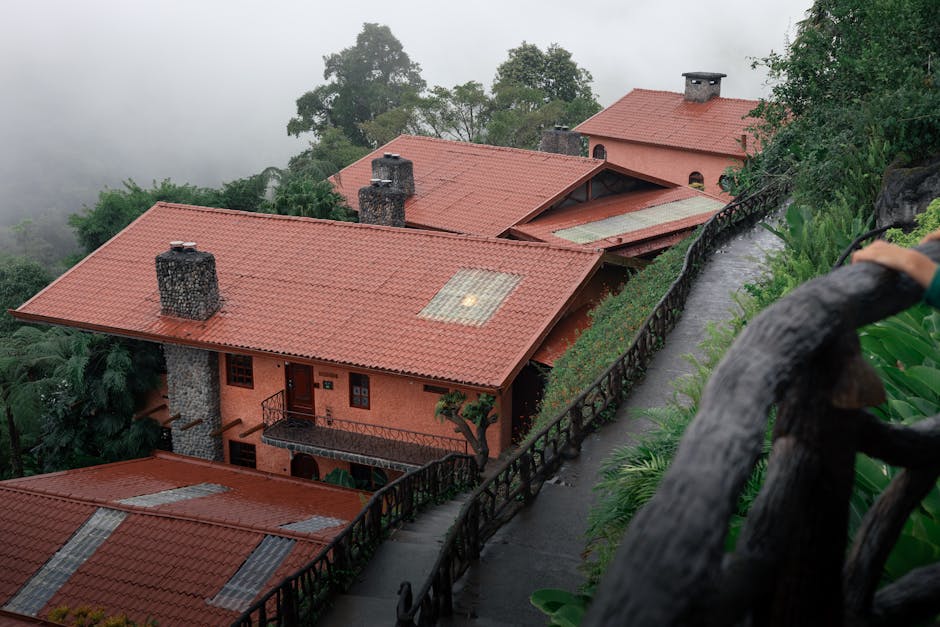When you hear the term “folk music,” what comes to mind? Likely a lone singer with an acoustic guitar, sharing tales of love and loss. Maybe the gentle lilt of a flute over a village green. It’s wholesome. It’s traditional. It’s… safe.
Well, it’s time to tear up that postcard. Folk music, at its core, is the music of the people—a sonic vessel for history, struggle, rage, and ritual. It’s the raw, unfiltered sound of a culture. In the right hands, that raw power can be twisted, amplified, and forged into something utterly ferocious. Forget gentle fingerpicking; we’re talking about genre-bending artists who take ancient traditions and plug them straight into a Marshall stack.
Here are four trailblazing acts who prove that folk music is the perfect foundation for doom, punk, and pure, unadulterated chaos.
1. The HU: Mongolian Folk Meets Heavy Metal
From the vast, windswept steppes of Mongolia comes The HU, a band that has taken the world by storm with their unique brand of “Hunnu Rock.” They wield traditional Mongolian instruments like the Morin Khuur (horsehead fiddle) and employ the ancient art of Khöömii, or throat singing.
The sound they produce, however, is anything but ancient in its feel. The deep, guttural drone of throat singing becomes a demonic growl, while the galloping rhythm of the horsehead fiddle drives forward with the unstoppable force of a Metallica riff. Their songs are epic sagas of warrior ancestors and the spirit of the Mongol Empire, delivered with the chest-thumping power of modern doom metal. This isn’t a novelty act; it’s a powerful reclamation of heritage, proving that folk tradition can be the heaviest sound on the planet.
2. Gogol Bordello: A Gypsy Punk Carnival of Anarchy
If The HU is a disciplined warrior charge, Gogol Bordello is a chaotic, vodka-fuelled street riot you can’t help but join. Led by the relentlessly energetic Ukrainian frontman Eugene Hütz, this collective smashes Eastern European Romani folk music together with the three-chord fury of punk rock.
The result is “gypsy punk,” a sonic blitzkrieg of frantic accordions, screeching violins, and jagged guitar riffs. Their live shows are legendary spectacles of pure chaos—a whirlwind of sweat, dance, and joyful rebellion. They take the celebratory and often melancholic soul of folk and inject it with a manic, anti-establishment energy. This is folk music as a Molotov cocktail: explosive, unpredictable, and designed to start a party that topples the old guard.
3. Heilung: A Ritual of Amplified History
Forget simple genres; Heilung is a time machine. This experimental folk collective, with members from Denmark, Norway, and Germany, describes their music not as entertainment, but as “amplified history.” They transport listeners back to the Iron Age and Viking era of Northern Europe, creating a sound that is both hypnotic and terrifying.
Their instruments? Human bones, deerskin drums, ancient horns, and the raw power of the human voice chanting and shrieking in proto-Germanic and Old Norse. Their live performances are less concerts and more shamanic rituals, complete with elaborate costumes and warriors. It’s the chaotic, untamed sound of the forest before civilization, a folk tradition so old it feels both alien and deeply familiar. This is folk as a portal to a darker, more elemental past.
4. Zeal & Ardor: Spirituals Forged in Black Metal Fire
What if American slaves had turned to Satan instead of God? This is the startling question at the heart of Zeal & Ardor, the brainchild of Swiss-American musician Manuel Gagneux. The project masterfully fuses African American spirituals—a quintessential form of American folk music—with the blasphemous fury of Scandinavian black metal.
The juxtaposition is stunningly effective. The call-and-response, chain-gang chants, and soulful melodies inherent in the spirituals are not just preserved; they are weaponized, transformed into an all-consuming rage. It’s a sound that is both deeply historical and radically futuristic, turning the music of oppression into an instrument of ultimate rebellion. This is folk music as a conceptual sledgehammer, creating a new mythology that is as profound as it is brutally heavy.
From Tradition to Turmoil
These four artists are more than just genre mashups; they are proof of folk music’s enduring power. By drawing from the deepest wells of cultural history—from Mongolian war cries to Romani celebrations—they show that the oldest sounds can be the most revolutionary. They remind us that folk isn’t just a gentle echo of the past, but a living, breathing force that can be shaped into something new, aggressive, and beautifully chaotic.




